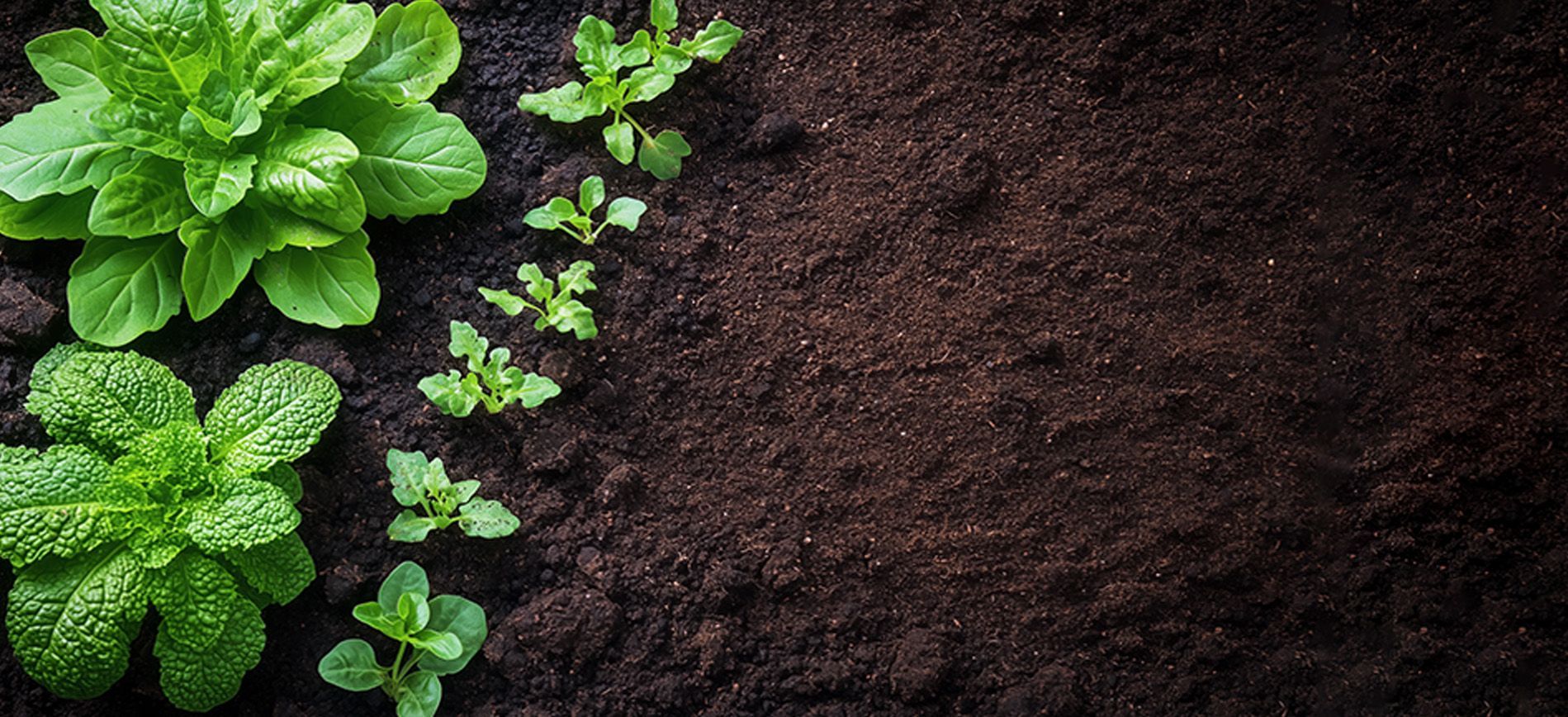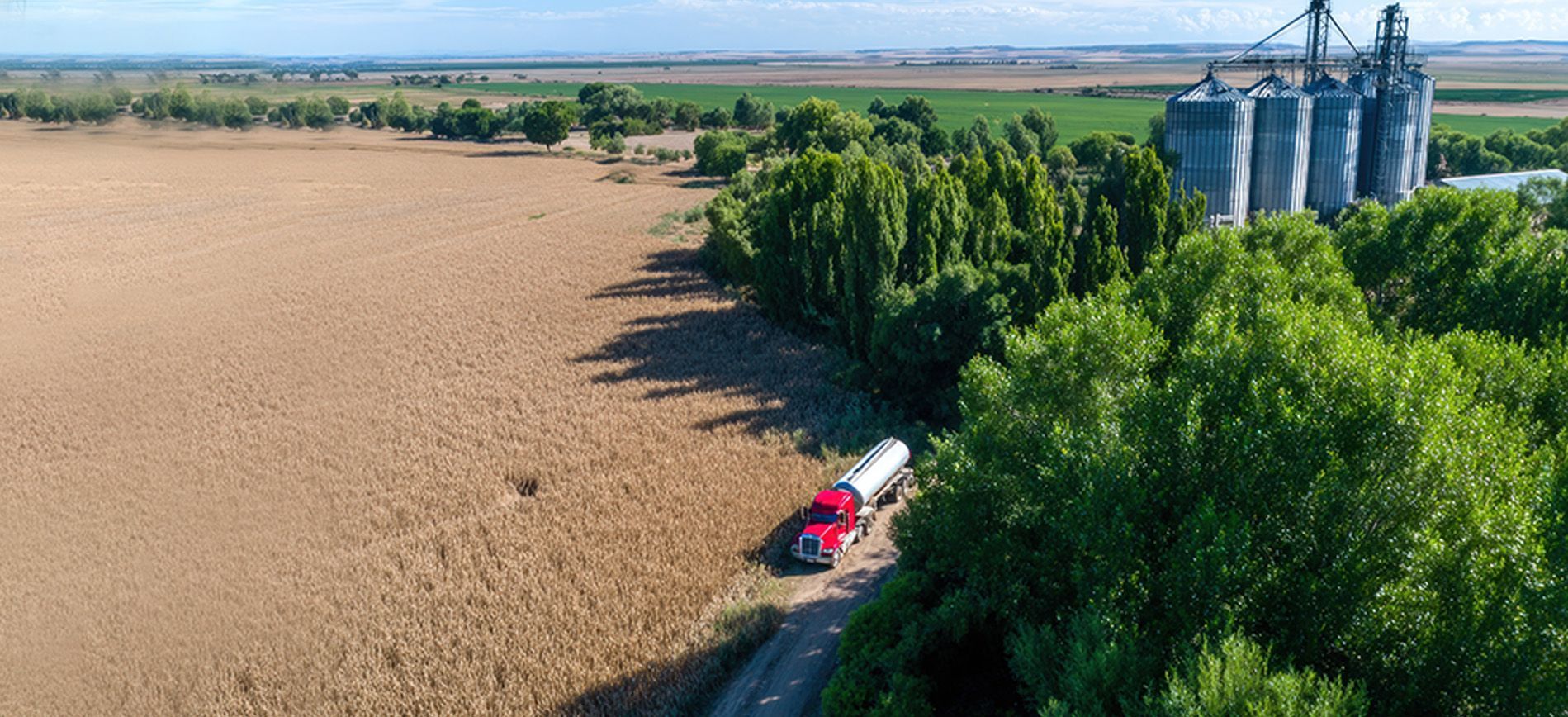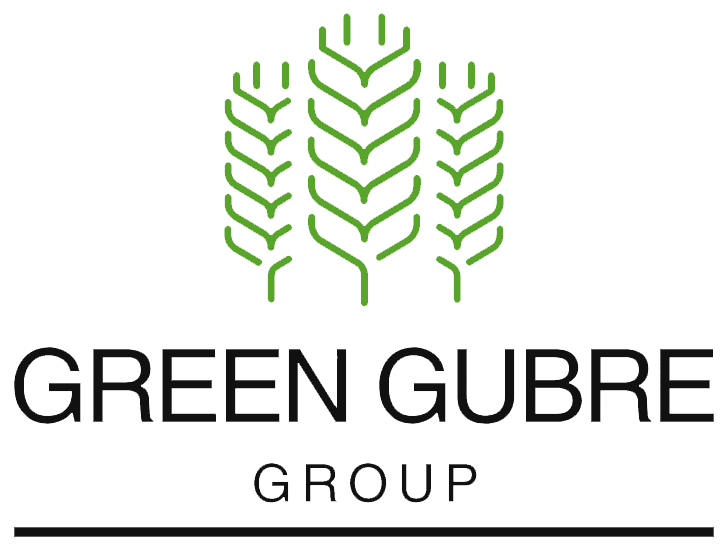Coated Urea Fertilizers – Precision Nitrogen for Modern Agriculture
Coated Urea Fertilizers – Precision Nitrogen for Modern Agriculture

Introduction: Why Coating Matters in Nitrogen Management
Nitrogen is the most crucial nutrient for crop productivity—but it’s also the most volatile. Traditional urea fertilizers are prone to losses through volatilization, leaching, and denitrification, resulting in the waste of 30–50% the applied nitrogen. Coated urea fertilizers have emerged as a strategic response to this challenge, offering a controlled and efficient nitrogen delivery system that aligns with the plant’s uptake curve.
By extending nitrogen availability and minimizing environmental losses, coated urea enables growers to reduce application frequency, improve nutrient use efficiency (NUE), and meet increasingly strict environmental regulations.
What Is Coated Urea and How Does It Work?
Coated urea is a form of urea fertilizer that has been physically encapsulated with a material that slows the release of nitrogen into the soil. Standard coating technologies include:
- Sulfur-Coated Urea (SCU): Uses molten sulfur and sometimes a sealant to control release. Ideal for broad-acre applications.
- Polymer-Coated Urea (PCU): Employs synthetic resins to release nitrogen based on soil moisture and temperature—often used in specialty and horticulture crops.
- Dual-Coated Urea: Combines sulfur and polymer for enhanced durability and longer release profiles.
These coatings act as barriers, allowing water to penetrate and gradually dissolve the urea core. This provides a steady nitrogen supply over weeks, reducing peaks and gaps in nitrogen availability.
Agronomic Advantages of Coated Urea
Coated urea is more than a technology upgrade—it delivers real performance gains in the field:
- Higher Nitrogen Use Efficiency (NUE): Field studies show NUE improvements of 20–40% over uncoated urea.
- Improved Crop Uniformity: Timed nutrient availability leads to better root development and consistent growth.
- Reduced Nitrogen Losses: Lower volatilization and leaching rates help meet sustainability goals.
- Fewer Applications Required: Long-release formulas allow for single-dose applications in many cases.
- Increased Yields: Crops such as rice, maize, wheat, and sugarcane report yield gains of 7–15%.
These benefits are particularly evident in regions with sandy soils, irregular rainfall, or high labor costs.
Challenges and Considerations
Despite its advantages, coated urea does face some adoption barriers:
- Higher Cost: Coated urea can be 30–80% more expensive than standard urea.
- Temperature Sensitivity: Certain coatings release nutrients more rapidly in hot conditions, necessitating precise timing and management of these releases.
- Storage and Handling: Coated granules may be more fragile and sensitive to moisture, which can impact their shelf life.
- Compatibility: May not mix well with certain pesticides or micronutrients unless properly formulated.
However, with the right management strategy, these drawbacks are often outweighed by long-term agronomic and economic returns.
Environmental and Regulatory Support
Governments and sustainability programs are increasingly supporting the use of coated urea:
- EU & Canada: Provide incentives under enhanced efficiency fertilizer (EEF) policies.
- USDA 4R Programs: Promote coated urea as part of responsible nutrient stewardship.
- Asia-Pacific: Governments in India, China, and Malaysia are exploring coated urea subsidies to reduce nitrogen losses and groundwater pollution.
Coated urea aligns well with global sustainability targets, enabling farmers to meet compliance requirements while enhancing profitability.
Green Gubre Group’s Coated Urea Solutions
At Green Gubre Group, we offer a diverse portfolio of coated urea products customized for climate, crop, and soil type:
- Sulfur-Coated Granular Urea: Designed for row crops and broad-acre cereals.
- Polymer-Coated High-Efficiency Urea: Optimized for horticulture and fertigation.
- Custom Dual-Coated Urea Blends: Tailored for sugarcane, maize, and oilseeds.
- Integrated Nutrient Programs: Combining coated urea with micronutrients and biostimulants.
Our logistics and technical team ensures correct placement, timing, and support to maximize return on investment.
Conclusion: Coated Urea Is the Next Step in Smart Fertilization
Coated urea fertilizers represent a significant leap forward in fertilizer science. With improved efficiency, reduced environmental impact, and enhanced crop performance, coated urea is helping agriculture evolve toward more innovative and sustainable practices.
For farmers and agricultural distributors looking to future-proof their operations, investing in coated urea isn’t just a best practice—it’s a competitive advantage.




